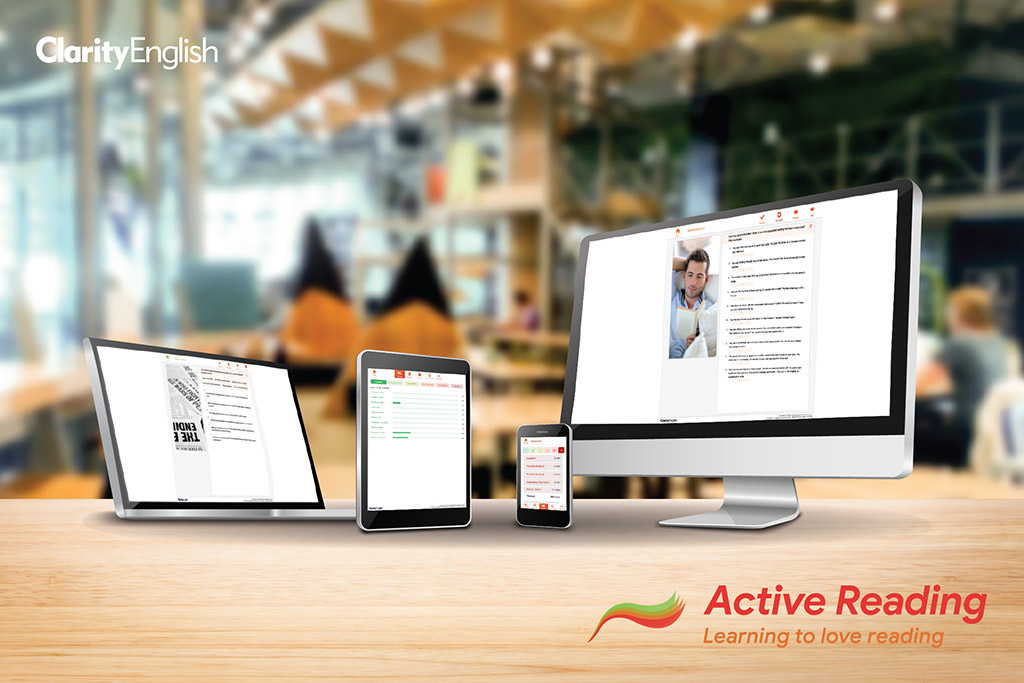Elinor Stokes looks at how Active Reading can support students taking the UK’s ESOL Skills for Life qualifications — and by extension, similar tests in different countries.
Background
Clarity’s Active Reading is used in class, it’s used for homework, and most commonly it is made available for independent learning. In all these cases, to be most effective it needs to be cross-referenced with the students’ learning objectives. In this short post, I will show how I did this with ESOL Skills for Life by following a simple process. It’s straightforward and can be replicated for other courses and qualifications.
A word first about ESOL Skills for Life (SFL) from the Gateway Qualification Specification:
The qualifications have been developed for learners aged Pre-16, 16-19 or adult learners for whom English is a second or additional language, and who live in the UK. The qualifications are suitable for a range of learners including settled minority communities and refugees/asylum seekers. The qualifications are designed to provide learners with the knowledge and skills required to communicate effectively through reading, writing, speaking and listening in everyday life.
Process
We are focusing on the Reading element of ESOL Skills for Life.
1. Download the Active Reading syllabus here and map the levels of the program against the CEFR and against the SFL levels (see below). This will tell you, for example, that Active Reading Elementary is at A2 and correlates with SFL Entry 2.
2. Sign in to Active Reading and spend a bit of time familiarising yourself with the content of the Elementary level. Do a few exercises to get the feel of the program. Skim the units to get an overview of the learning objectives for each one. This is an important part of the process, so do take your time over it.
3. Print out the learning outcomes for SFL Entry Level 2 Reading, (pages 47-48 of the Qualification Specification referenced above). There is a lot of detailed information here: firstly, a description of the three broad learning outcomes (e.g. 2. Be able to locate information in written sources), then a breakdown into assessment criteria (e.g 2.1 Obtain information from short, everyday information texts) and finally additional information in the form of a further breakdown of skills (e.g. Scan for particular information).
4. It is then simply a matter of cross-referencing the SFL learning outcomes with the Active Reading content, using the program and the syllabus document. So, for the learning outcome outlined in the previous step, you will find that in Active Reading Elementary Unit 10, the skills focus is scanning: students learn how to scan; and they practise scanning an email inbox, a food label, and a bank statement (all short, everyday information texts as described in the Specification).
5. When you’ve finished, you will have a document that looks something like this.
In this post I have focused on Active Reading and the UK’s ESOL Skills for Life. But you can see how this process can readily be applied to any program and any syllabus. The final question is: “Now I have this document what shall I do with it?” In a future post I will share some ideas of how this work can actively benefit teachers and students — which is, after all, the whole point.
Note:
It’s surprisingly hard to find a document cross-referencing ESOL Skills for Life with the CEFR, so here is the correlation: Entry 1 (A1); Entry 2 (A2); Entry 3 (B1); Level 1 (B2); Level 2 (C1).

